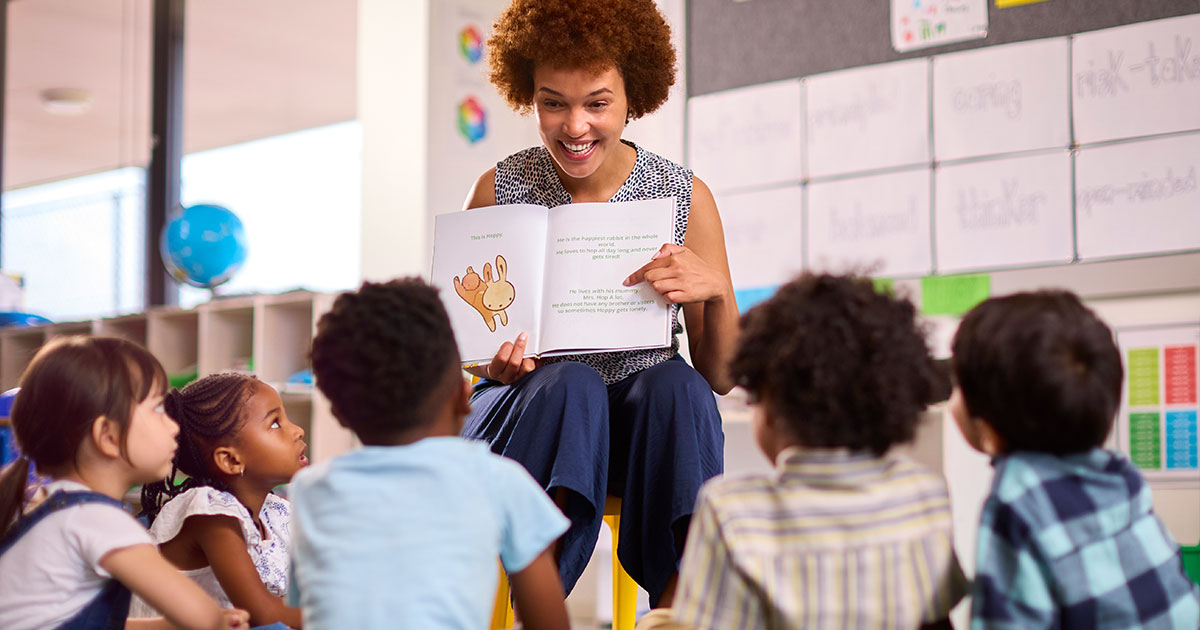When it comes to helping your students develop reading fluency, an effective classroom library is one of your most important teaching tools. By stocking it with a diverse selection of titles and reading resources, your students will quickly learn how to read at a steady pace, with accuracy, and with increased reading comprehension to get the most out of the books they choose to read.
If you’re looking to refresh your classroom library and line its shelves with a few more tools to support your students on their reading adventures, we've got you covered.
From fairy tale performances to poetry reading, these seven teacher resources will not only improve reading fluency but will give your classroom library the refresh it needs to ensure reading success!
1. 12 Fabulously Funny Fairy Tale Plays
These 12 classic fairy tales, transformed into humorous read-aloud plays, engage even the most reluctant readers and help your students develop the skills they need to become successful readers.
2. Week-by-Week Phonics & Word Study Activities for the Intermediate Grades
These short, weekly fluency building activities help your students decode multisyllabic words and boost their confidence in reading.
3. The Jumbo Book of Sight Word Practice Pages
With these sight word practice pages, your students will master every essential sight word through matching activities, fun word mazes, engaging puzzles, and more.
4. Extra Practice for Struggling Readers: High-Frequency Words
Giving your reluctant readers extra practice on high-frequency sight words will help them improve reading fluency and boost comprehension.
5. Sight Word Poems Flip Chart
These 25 short and playful poems focus on important sight words and feature predictable, rhyming text, and illustrations to engage students.
6. Sight Word Poetry Pages
With these ready-to-go sight word poetry pages, helping your young readers build automaticity and develop reading fluency has never been easier. From weather-related activities to “all about me” poetry prompts, students will enjoy crafting their own poems while receiving extra sight word review.
7. 25 Fun Phonics Plays for Beginning Readers
Still wondering how to improve reading fluency? These read-aloud plays are the perfect way to combine phonics and fluency practice in your classroom so your students build the skills they need for reading success.
These are just a few ways to retool your classroom library with new and innovative resources to help improve reading fluency.
Shop more classroom library essentials for reading success below! You can find all books and activities at The Teacher Store.
